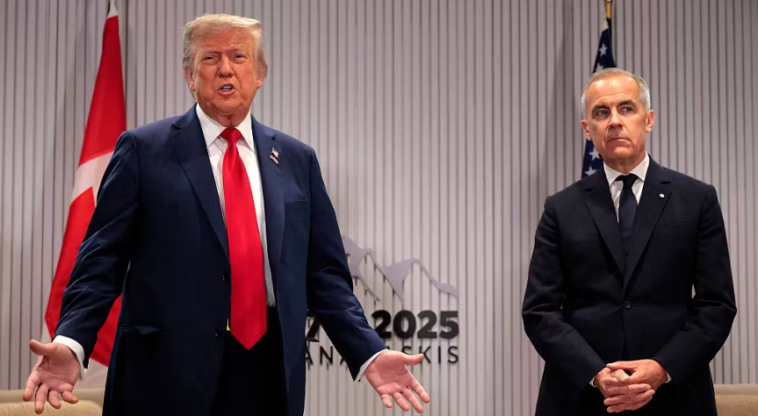Canada abruptly shelved its planned Digital Services Tax (DST) on major U.S. tech firms just two days after President Donald Trump froze trade negotiations and warned Ottawa would face stiff new tariffs.
-
What happened?
-
Canada’s DST—set to begin Monday—would have hit giants like Amazon, Google, Meta, and Apple with up to $2.3 billion in annual levies.
-
Trump responded Friday by “terminating ALL discussions on Trade with Canada” and promised retaliatory tariffs within a week.
-
On Sunday, Canada’s Department of Finance reversed course, saying it would rescind the DST “in anticipation of a mutually beneficial comprehensive trade arrangement with the United States.”
-
-
Canadian reaction:
-
Finance Minister François-Philippe Champagne touted the decision as a step toward “building the strongest economy in the G7” and clearing the way for a new economic and security pact with Washington.
-
Prime Minister Mark Carney confirmed Ottawa will restart talks with hopes of sealing a broader agreement by July 21.
-
-
U.S. leverage:
-
Trump’s move highlights his administration’s hard-ball approach: threaten tariffs first, let trading partners retreat.
-
Similar pressure looms for the EU; without a deal by July 9, European imports face a 50 percent tariff spike.
-
Bottom line: Canada blinked. Trump’s tariff threat forced Ottawa to scrap a tech tax that Washington viewed as a direct assault on American companies—illustrating how quickly U.S. trade leverage can reshape foreign policy.

